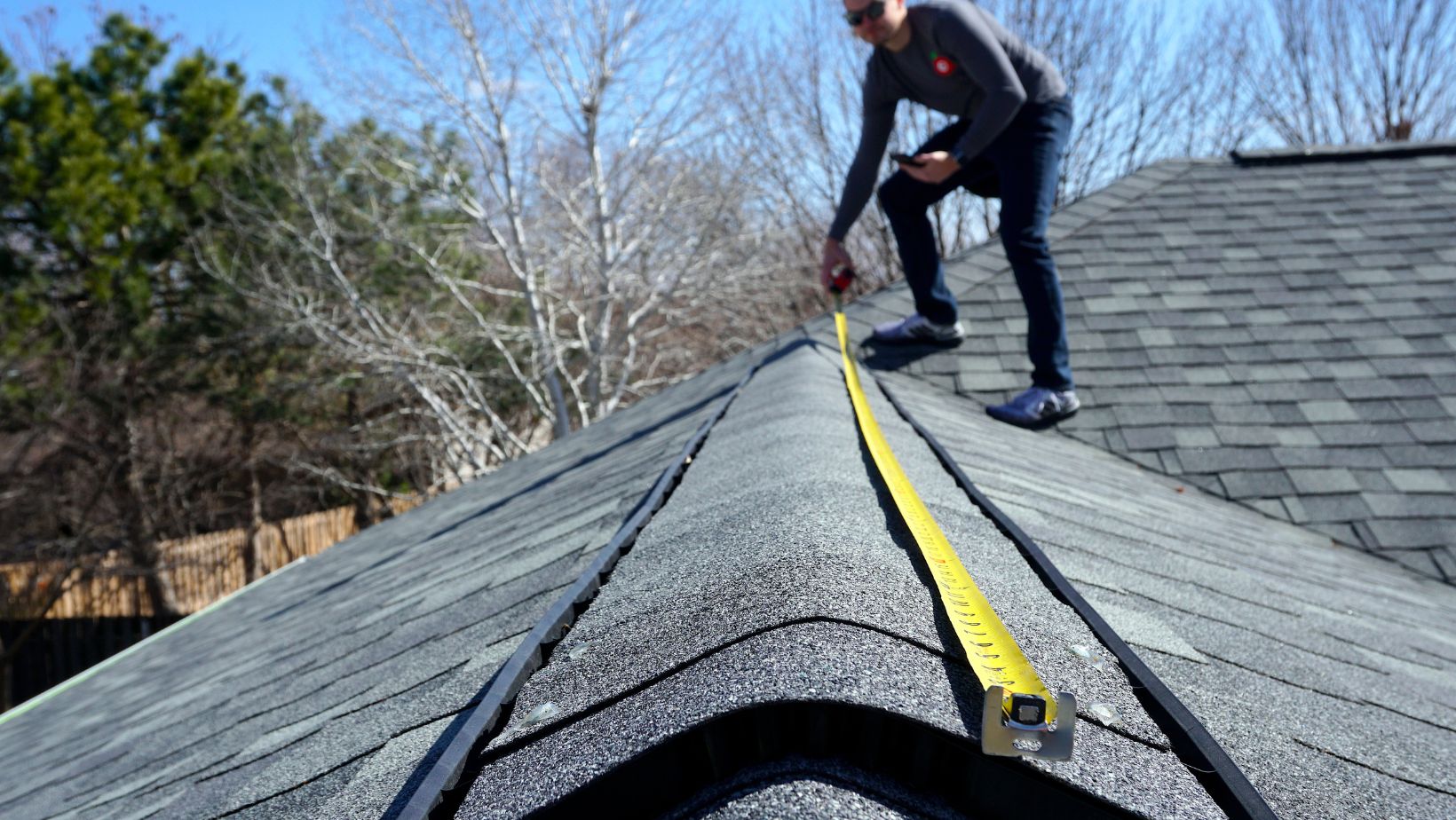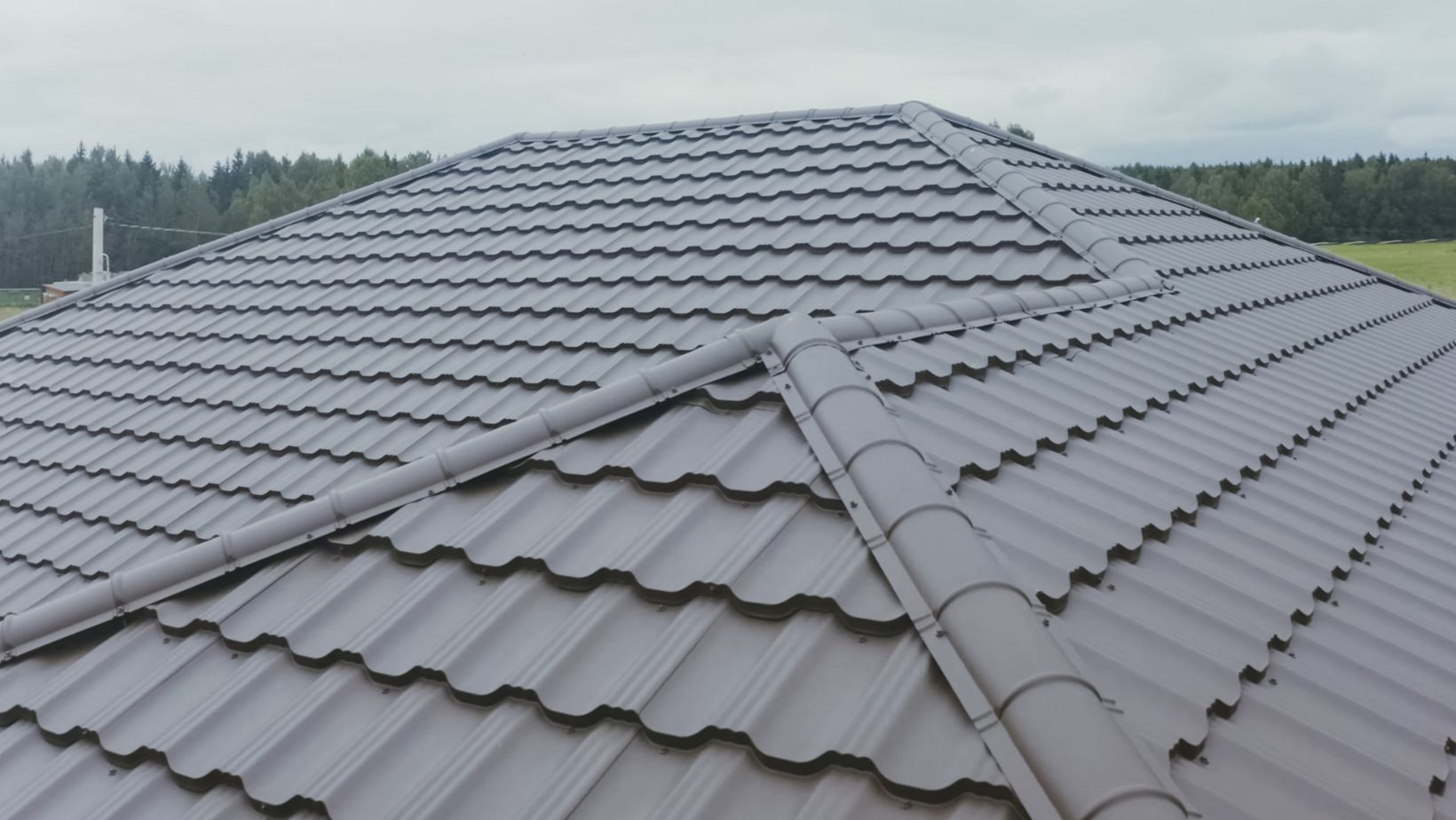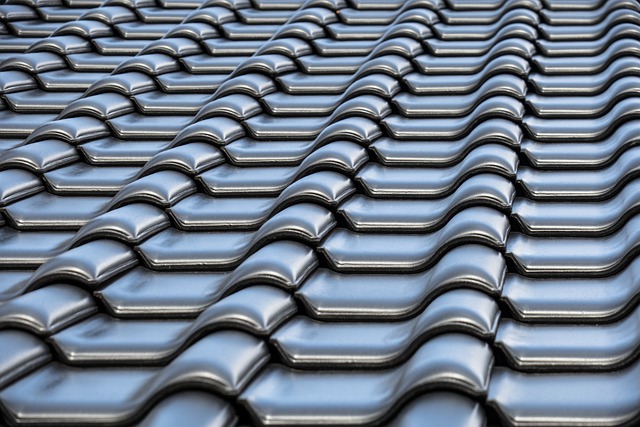Roofs are vital to every home. Their primary function is to safeguard property against weather conditions and offer structural support. A good quality roof can significantly add value to your home while contributing to its energy efficiency. When in proper shape, your roofing system can elevate curb appeal and guarantee your loved one’s safety.
While a roof replacement can sometimes be apparent, it is at times hard to tell whether you need a new roofing system or just repairs. Discussed below are five signs you need a new roof.
You’ve had the current roof for over 20 years
A roof’s average lifespan is 20 or more years. However, your roofing system’s life expectancy may vary based on roofing materials, maintenance, quality of installation, and other factors. Keeping an old roof for a long time can result in:
- Shingle issues: Roof shingles undergo a lot of wear and tear over the years. The moisture they absorb can make them grow algae or mold and rot. Exposure to gusts of wind over time weakens your shingles
- Liability risks: Loose roof shingles or nails sticking out of ripped shingles can fall and cause bodily harm. If anyone walks on a roofing system with loosely attached shingles, they can also slide and fall
If you’ve had your roof for 20 years or more, consider replacing it with the finest roof shingles according to roofers, to ensure protection against elements and improved curb appeal.
Your roof is leaking
While minor, isolated leaks are easy to repair, those that appear in several areas or grow bigger may call for a complete replacement to ascertain adequate roof protection going forward. If most of your roofing system is the reason for the leakage, then it needs a replacement. What seems to be a minor leak can conceal hidden damage. Professional roofing experts can best evaluate the damage level your roofing system has sustained to determine if it needs a repair or replacement.
Buckling and curling shingles
Buckling and curling shingles are usually caused by poor installation, age, moisture damage, or poor attic ventilation Curling shingles are defined by shingle corners or edges turning downward or upward, creating a deformed appearance. Curling makes shingles highly susceptible to wind lift, making them break or crack easily.

This not only affects your home’s curb appeal but also exposes your roof to possible water damage and leaks. Buckling happens when shingles appear uneven or wavy with visible bends or curves on the surface.
It’s usually caused by excess moisture trapped underneath your shingles, causing the underlying roof deck to contract and expand. Buckling shingles are susceptible to wind damage and may lead to water infiltration. This can deteriorate your roofing structure even further and increase interior damage. If your shingles are curled or buckled, a roof replacement can come in handy.
Sagging roof
Sagging roofs are a clear sign of structural issues that need prompt attention. They may be caused by inadequate support, compromised structural elements, or long-term water damage. Neglecting a sagging roof not only causes further damage but also poses a safety threat to those residing in your home. If sagging has significantly compromised your roofing system, a replacement is the only feasible option.
Granule loss
Granule loss is the slow disintegration of your asphalt shingles’ protective granules. It happens due to tear and wear exposure to weather elements. When substantial granule loss happens, asphalt shingles can’t effectively safeguard your house.

The exposed asphalt can degenerate rapidly, resulting in cracking, premature aging, and curling shingles. Granule loss can also impact your roof’s appearance, making it appear faded and worn out. Since this issue usually affects the whole roofing system, signs of advanced shingle wear could signal the need for a replacement.
Endnote
While some roofing issues need repairs, others require replacement. However, determining whether you need a replacement isn’t easy. Look for leaks, old age, sagging, and other signs to determine if you need a new roof.


More Stories
What Are The Different Types Of Lawn Sweepers And Which One Is Right For You
How Home Improvements Can Boost Comfort, Efficiency & Resale Value
A Beginner’s Guide to Growing Houseplants